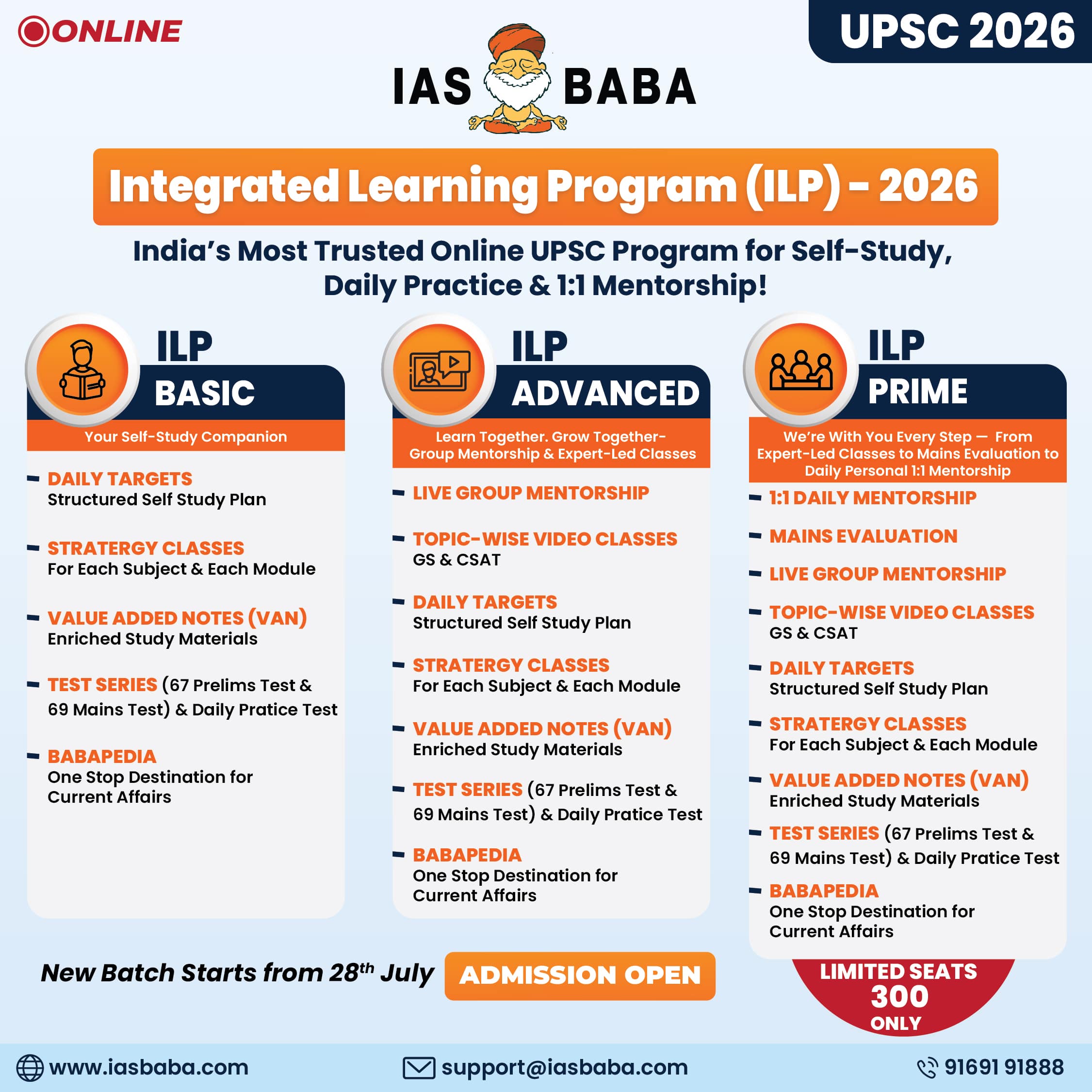UPSC Articles
INTERNATIONAL/ SECURITY
Topic: General Studies 3:
- Bilateral, regional and global groupings and agreements involving India and/or affecting India’s interests.
India-US defence deals
Context: India and the US are preparing for the third 2+2 ministerial meeting (Defence & Foreign Ministers of both countries)
In the last two meetings, agreements known as LEMOA and COMCASA were signed
One of the items on the agenda of this year’s (2020) 2+2 meeting will be the Basic Exchange and Cooperation Agreement (BECA) — a pact with deep military implications.
What is BECA?
- The Basic Exchange and Cooperation Agreement largely pertains to geospatial intelligence, and sharing information on maps and satellite images for defence.
- Anyone who sails a ship, flies an aircraft, fights wars, locates targets, responds to natural disasters, or even navigates with a cellphone relies on geospatial intelligence.
- Signing BECA will allow India to use the US’s advanced geospatial intelligence and enhance the accuracy of automated systems and weapons like missiles and armed drones.
- It will give access to topographical and aeronautical data and products that will aid navigation and targeting.
- To use an everyday example, just like an Uber cab needs a good GPS to reach its destination quickly and efficiently, BECA will provide Indian military systems with a high-quality GPS to navigate and missiles with real-time intelligence to precisely target the adversary.
- This could be key for Air Force-to-Air Force cooperation.
About the Other two agreements
LEMOA: The Logistics Exchange Memorandum of Agreement
- It was signed between India and the US in August 2016.
- It allows the military of each country to replenish from the other’s bases: access supplies, spare parts and services from the other country’s land facilities, air bases, and ports, which can then be reimbursed.
- This is extremely useful for Navy-to-Navy cooperation, since the US and India are cooperating closely in the Indo-Pacific.
- Again, to put this simply, it is like going to a friend’s garage and workshop to refuel one’s car and getting repairs done. But, by doing this, one is also exposing one’s car and technology to the friend, and that requires trust.
- If signing LEMOA needed trust, its application enhances the trust. It took almost a decade to negotiate LEMOA.
COMCASA: The Communications Compatibility and Security Agreement
- It was signed in September 2018, after the first 2+2 dialogue.
- It allows the US to provide India with its encrypted communications equipment and systems so that Indian and US military commanders, aircraft and ships can communicate through secure networks in peace and war.
- To explain in lay terms again, it is like WhatsApp or Telegram for the two militaries, which is safe and real-time communication is possible hassle-free.
- COMCASA paved the way for transfer of communication security equipment from the US to India to facilitate “interoperability” between their forces — and potentially with other militaries that use US-origin systems for secure data links.
So, what do these three pacts put together mean?
- LEMOA means one partner trusts the other enough to expose its valuable assets.
- COMCASA means one is confident that it can rely on encrypted systems to connect the two militaries.
- BECA means it can share highly classified information in real time without fear of being compromised.
- All this signals the level of trust that has developed between the two countries and their militaries, faced with an increasingly aggressive China
So, what does this mean in the context of the ongoing border standoff?
- Amid the longest stand-off on the India-China border in three decades, India and the US have intensified under-the-radar intelligence and military cooperation at an unprecedented level, especially since June.
- The cooperation includes sharing of high-end satellite images, telephone intercepts, and data sharing of Chinese troops and weapons deployment along the 3,488 km Line of Actual Control (LAC).
- The Indian defence establishment also has enhanced capability with some American equipment. The armed forces have used at least five American platforms at the LAC which are—
- C-17 Globemaster III for military transport
- Boeing’s Chinook CH-47 as heavy-lift helicopters
- Boeing’s Apache as tank-killers
- P-8I Poseidon for overland reconnaissance
- Lockheed Martin’s C-130J for airlifting troops.
- Now, with these key defence pacts in place, cooperation can happen in a more structured and efficient way, rather than episodic.
What are the obstacles/Challenges ahead?
- Apprehensions of US: The US wants India to move away from Russian equipment and platforms, as it feels this may expose its technology and information to Moscow.
- So far, India is going ahead with the purchase of the S-400 air defence missile system from Russia, and this has been a sticking point for American interlocutors.
- Apprehensions of India: For its part, India is wary of Pakistan’s deep-rooted ties with Pentagon, and US dependence on Pakistan military for access to Afghanistan as well as its exit strategy.
Conclusion
- Chinese aggressive behaviour being the clear and present danger, New Delhi’s strategic embrace of Washington is the obvious outcome.
- Every administration in the last 20 years have left the Indo-US relationship in a better shape than how they inherited it.
Connecting the dots:
- Indo-US Nuclear deal and its progress














